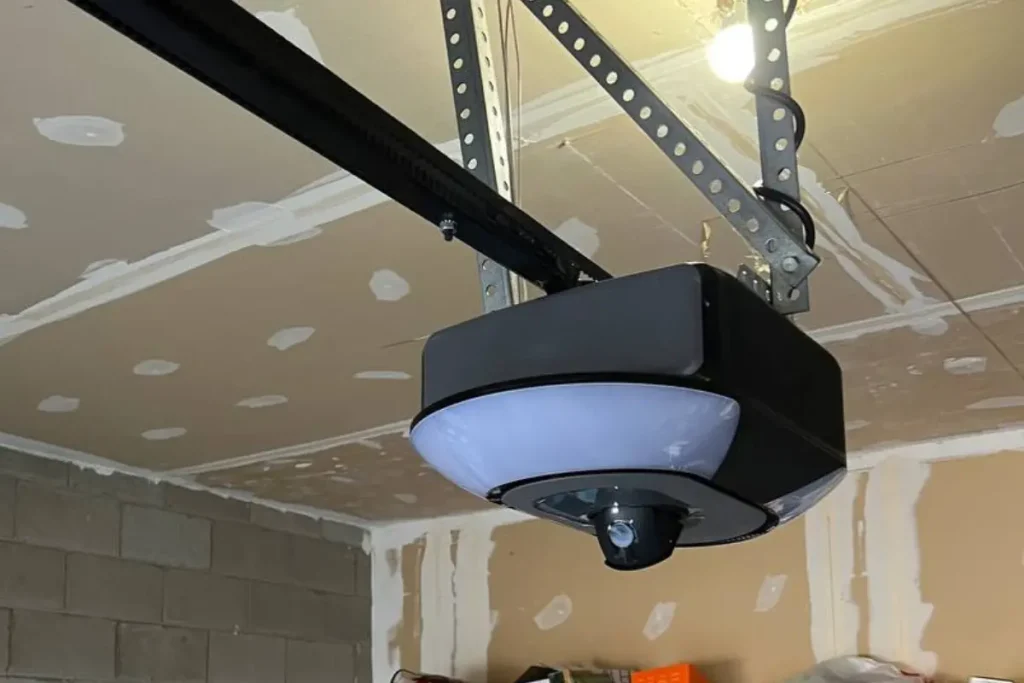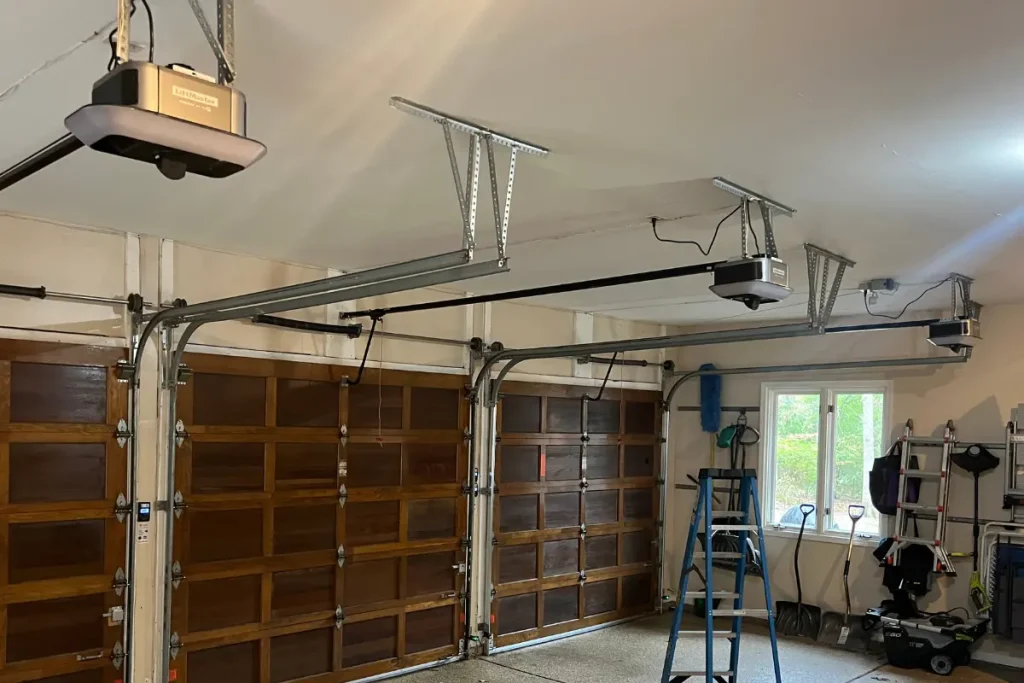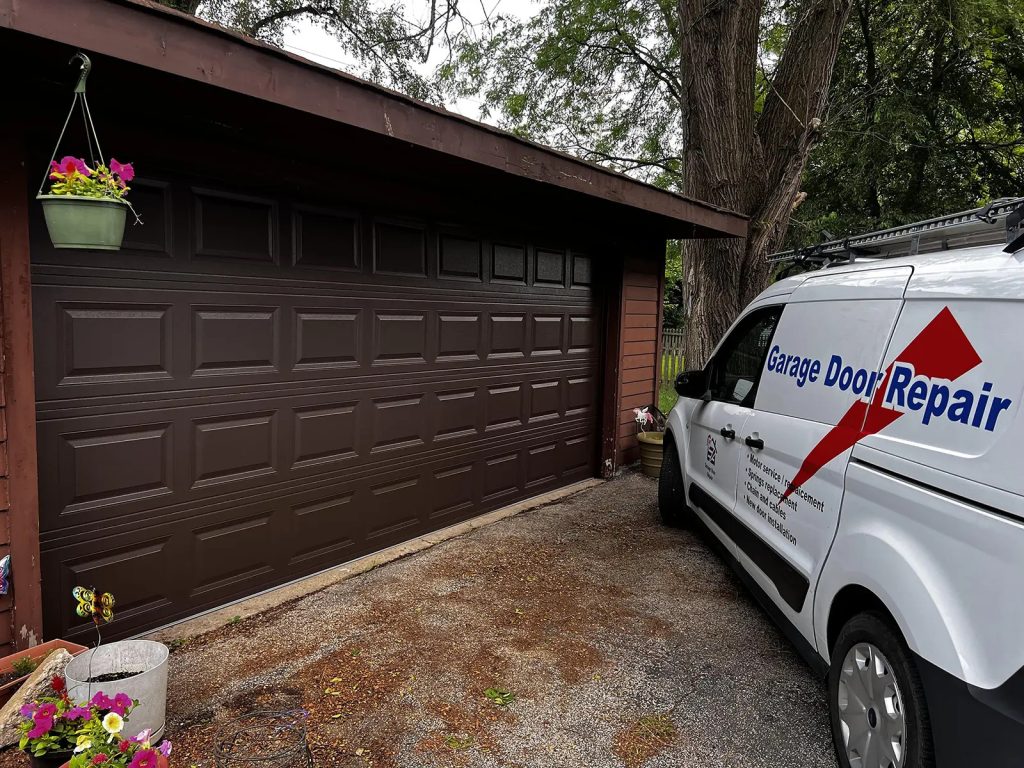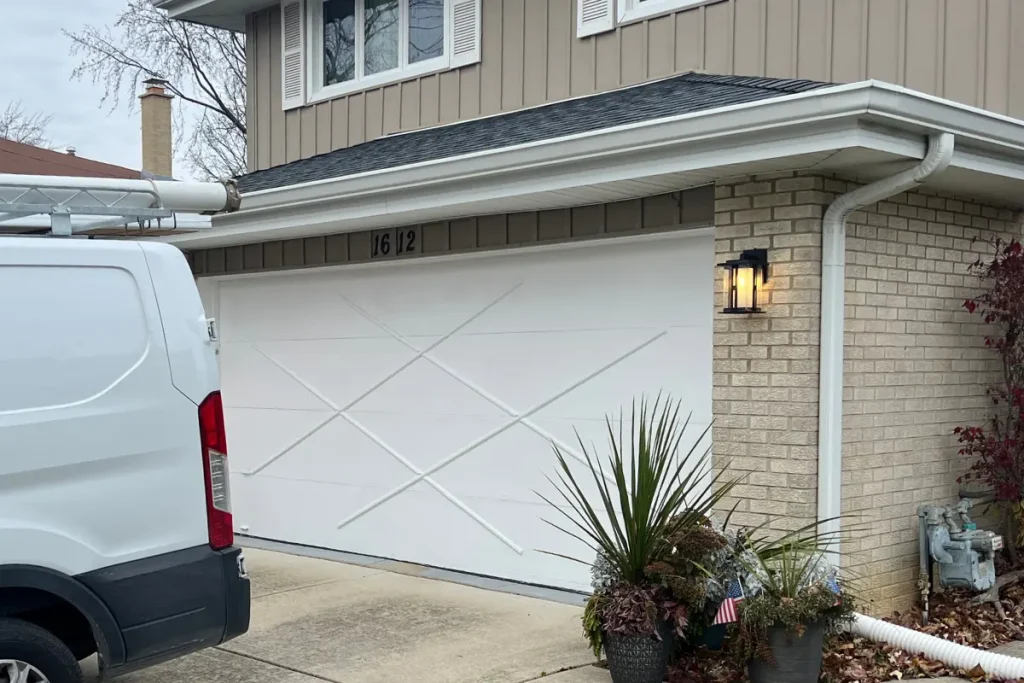You don’t think much about your garage door opener—until it stops working. One morning, you press the remote, expecting the door to glide open, but nothing happens. Or maybe the door starts closing, then suddenly reverses for no reason. These frustrating moments can throw off your whole day, leaving you wondering whether you need a full garage door repair or if it’s just a simple fix.
The good news? Many garage door opener repairs are easier to troubleshoot than you might think. Before calling a professional, you can often identify and fix common issues on your own. In this guide, we’ll walk through the most frequent problems homeowners face, provide step-by-step troubleshooting tips, and help you decide when it’s time to bring in an expert.
By the time you finish reading, you’ll have a clear understanding of how to keep your garage door opener running smoothly—and save yourself time, money, and hassle in the process. Let’s dive in.
Common Garage Door Opener Problems and How to Troubleshoot Them

A garage door opener is something you rely on daily—until it suddenly stops working. Before assuming you need professional garage door repair, many common issues can be fixed with simple troubleshooting.
Remote Control Won’t Work
If pressing the remote does nothing, start with the basics. Replace the batteries, ensure you’re within range, and check if the opener’s antenna is clear of obstructions. If the issue persists, reprogramming the remote might help. Signal interference from other devices can also disrupt communication, so try using the remote closer to the opener.
Garage Door Won’t Close Completely
A door that stops short or reverses could mean the safety sensors are dirty, misaligned, or blocked. Wipe the lenses and make sure they’re facing each other properly. If the issue continues, check the limit switch settings—this tells the opener how far to lower the door. Small adjustments may solve the problem.
Garage Door Reverses Before Closing
If the door starts closing but then reverses, it’s likely a sensor issue or an obstruction in the path. Clean and align the sensors, and inspect the tracks for debris. Another possibility is an overly sensitive force adjustment setting—reducing the sensitivity can help.
Loud Noises or Grinding Sounds
Unusual sounds can signal loose hardware, dry rollers, or a motor problem. Tighten bolts and screws, lubricate moving parts with silicone-based lubricant, and check if the motor is straining. If the grinding persists, the opener’s internal gears may be wearing out.
Motor Runs, But the Door Doesn’t Move
If you hear the motor running but the door stays put, check if the emergency release cord was pulled. Reconnect it if necessary. If the issue is inside the opener, worn gears could be the culprit. If the door feels too heavy to lift manually, broken springs or cables may be to blame—this requires professional repair.
Many garage door opener repairs can be handled with simple fixes, but knowing when to call a professional can save time and prevent further damage. If troubleshooting doesn’t work, a trained expert can diagnose and repair the issue safely.
What to Do If Your Garage Door Opener Is Stuck in Manual Mode

You might not think much about your garage door’s manual release cord—until your opener stops working, and suddenly, the door won’t budge. This issue usually happens when the red emergency release cord has been pulled, disconnecting the door from the opener. While this feature is designed for safety, it can leave you wondering how to get things back to normal.
Why Your Garage Door Is Stuck in Manual Mode
The emergency release cord disengages the opener from the door, allowing you to open or close it manually. This is useful during a power outage or when the opener malfunctions, but if it’s accidentally pulled, the door won’t move automatically until it’s reconnected.
How to Reconnect the Garage Door Opener
- Ensure the Door Is Fully Closed – If the door is partially open, carefully lower it by hand. This prevents sudden movement when re-engaging the opener.
- Locate the Release Mechanism – The red cord usually hangs from the opener rail near the motor. Pulling it downward disengages the trolley, which is why the door won’t move with the opener.
- Reattach the Trolley – To reconnect, pull the cord toward the opener while manually moving the door along the tracks. You should hear a click as the trolley locks back into place.
- Test the Opener – Press the remote or wall switch. If the door starts moving automatically, you’ve successfully re-engaged the opener.
If the door doesn’t reconnect, check for obstructions in the tracks or signs of a mechanical issue. If the opener hums but won’t lift the door, the motor, gears, or springs might need attention from a garage door repair professional.
Regularly testing the manual release function ensures it works when needed, but if your door keeps getting stuck in manual mode, there could be a deeper issue with the opener. Keeping up with routine maintenance can help prevent unexpected problems.
When to Call a Professional for Garage Door Opener Repairs

Sometimes, no amount of troubleshooting can fix a garage door opener that just won’t cooperate. While DIY fixes work for minor issues, certain problems require the expertise of a professional. Knowing when to call for garage door repair can save you time, prevent further damage, and most importantly, keep you safe.
Signs That DIY Fixes Aren’t Enough
The Door Is Extremely Heavy or Won’t Open Manually
If your garage door feels unusually heavy when you try to lift it or doesn’t move at all, the problem likely isn’t with the opener—it’s with the springs. Broken torsion or extension springs make it nearly impossible for the opener to lift the door. Attempting to replace these springs on your own can be dangerous since they’re under high tension. A professional has the right tools and experience to handle this safely.
The Opener Makes Noise But Doesn’t Move the Door
If you hear the motor running but nothing happens, the gears inside the opener might be stripped or worn out. Replacing these parts requires disassembling the unit, which can be tricky without the proper knowledge.
Your Garage Door Keeps Reversing
If you’ve cleaned and aligned the sensors but the door still refuses to stay closed, there could be a problem with the logic board inside the opener. Electrical issues like a faulty circuit board or damaged wiring should be handled by an expert to avoid potential hazards.
The Door Moves Unevenly or Jerks While Opening
A garage door that wobbles or struggles to open evenly might have a problem with the cables or rollers. Frayed cables are a serious safety risk, as they can snap under tension, potentially causing injury. If you notice visible damage, stop using the door and call a professional immediately.
Burning Smell or Overheating Motor
If your opener smells like burning plastic or shuts off unexpectedly, the motor may be overheating. This can happen if the opener is overworked or if internal components are failing. Continuing to use it could cause permanent damage or even create a fire hazard. A garage door technician can diagnose whether the motor needs repairs or a complete replacement.
Why Professional Garage Door Repair Is Worth It
Hiring an expert isn’t just about convenience—it’s about safety. Garage door openers involve high-tension springs, electrical components, and heavy moving parts. A mistake in DIY repairs can lead to serious injury or costly damage. A professional can quickly identify the problem, provide a lasting solution, and ensure your garage door operates smoothly for years to come.
If you’ve tried troubleshooting with no success, don’t wait until the problem worsens. Calling a garage door opener repair specialist can save you frustration and prevent unexpected breakdowns.
Also read: Top-Rated Garage Door Repair Services in Chicago
Preventing Garage Door Opener Repairs with Simple Maintenance

A garage door opener is built to last, but without regular maintenance, even the best systems can start showing signs of wear. Many homeowners don’t think about their garage door opener until something goes wrong—by then, a small issue may have turned into an expensive repair. The good news is that with just a little routine care, you can keep your opener running smoothly and avoid unnecessary garage door repairs.
Lubricate Moving Parts
Apply a silicone-based lubricant to rollers, hinges, and tracks every few months to reduce friction and wear. Avoid WD-40—it’s a degreaser, not a lubricant.
Tighten Loose Hardware
Daily use causes bolts and screws to loosen over time. Grab a wrench and tighten everything, especially the track mounts and opener brackets.
Clean and Align Sensors
Dust or misalignment can make safety sensors malfunction. Wipe the lenses and ensure they face each other properly to prevent the door from reversing unexpectedly.
Test Auto-Reverse and Balance
Place an object under the door and try closing it—if it doesn’t reverse, the opener’s safety settings may need adjusting. Also, disconnect the opener and lift the door halfway; if it doesn’t stay in place, the springs may need professional adjustment.
Inspect the Opener Chain or Belt
A loose chain or belt can cause jerky movement. If it looks worn or too slack, it may need tightening or replacing.
Taking a few minutes to maintain your garage door opener every few months can prevent major headaches down the road. By lubricating moving parts, checking the balance, tightening hardware, and keeping sensors clean, you can avoid unexpected breakdowns and extend the life of your opener.
If you ever notice serious issues—such as a garage door that won’t lift, jerky movement, or a burning smell from the motor—it’s best to call a professional for garage door repair.
Keep Your Garage Door Opener Running Smoothly
Your garage door opener is one of those things you don’t think about—until it stops working. But as we’ve covered, most issues have simple solutions, from troubleshooting a stubborn remote to realigning safety sensors. Regular maintenance, like lubricating moving parts and checking for loose hardware, can go a long way in preventing costly garage door opener repairs.
If your garage door is stuck in manual mode, making strange noises, or refusing to close properly, don’t ignore the warning signs. Some problems, like broken springs or a failing motor, require professional garage door repair to keep your system safe and functional.
Taking a proactive approach will help you avoid unexpected breakdowns and extend the life of your garage door opener. If you’re dealing with persistent issues or just want peace of mind, reach out to a trusted garage door specialist for expert advice. A well-maintained garage door isn’t just about convenience—it’s about safety and reliability for years to come.
Need help with your garage door opener? Start troubleshooting today or contact a professional to get your system back in top shape.
